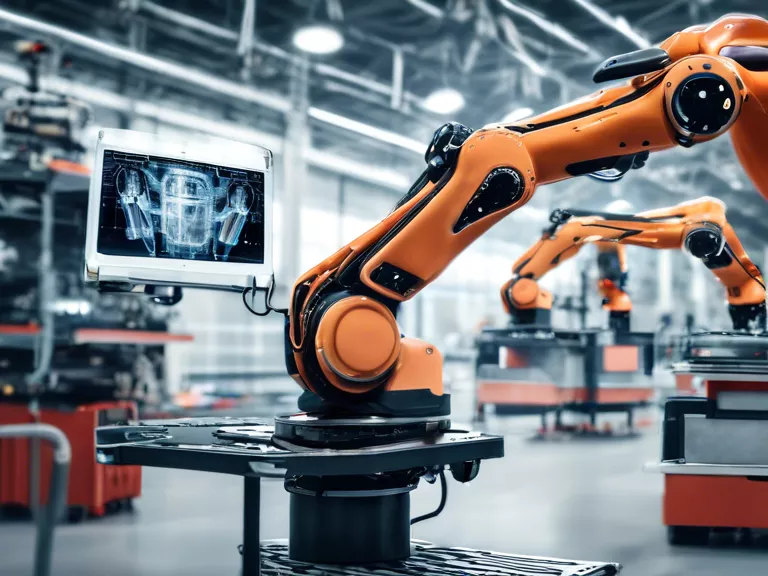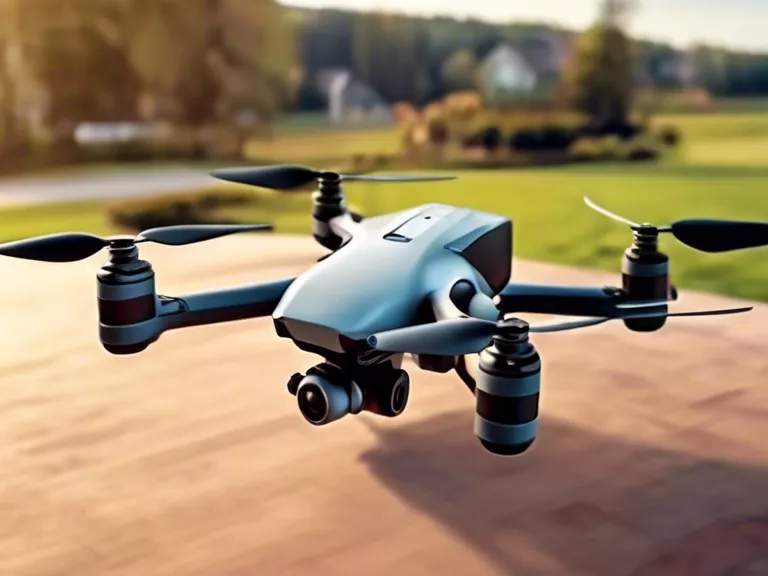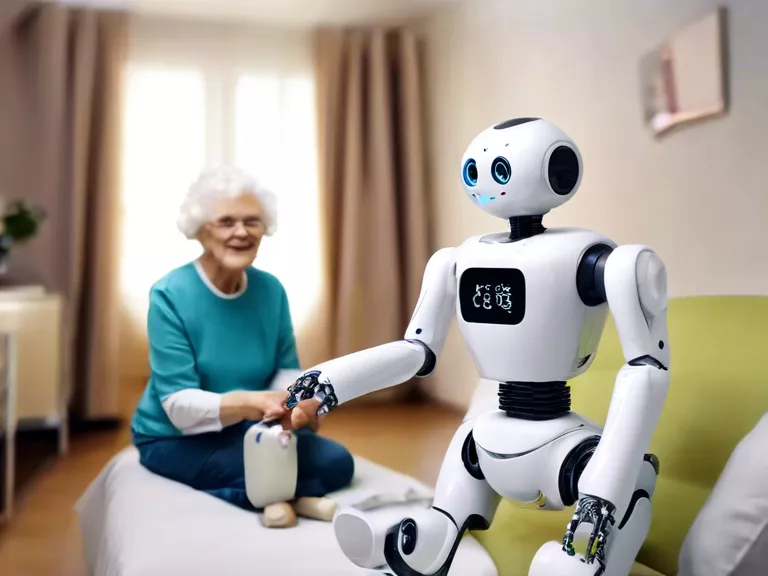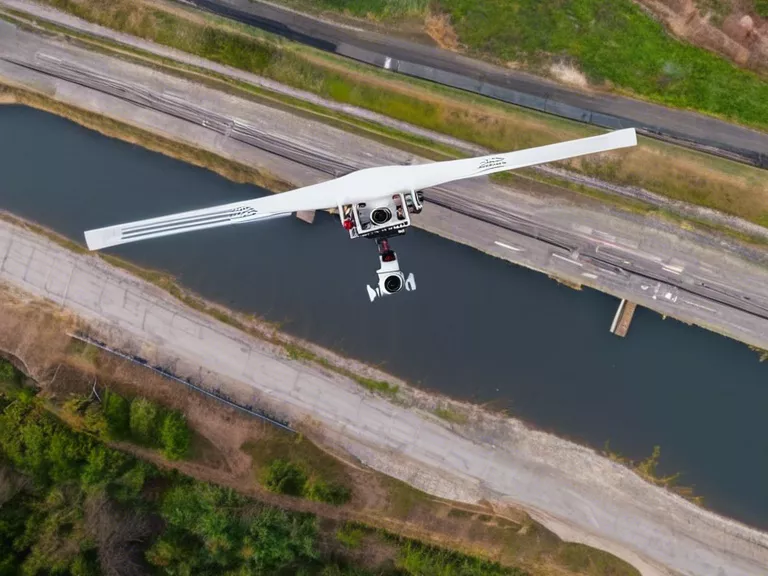
In today's rapidly advancing world of technology, robotics is playing a vital role in the evolution of manufacturing processes. From automating repetitive tasks to enhancing precision and efficiency, robots are being seamlessly integrated into manufacturing facilities to boost productivity. This article will explore how robotics is revolutionizing the manufacturing sector and the benefits it brings.
One of the key ways in which robotics is transforming manufacturing is through automation. Robots are capable of performing tasks with high speed and accuracy, reducing the potential for human error and increasing overall production output. This not only leads to cost savings for companies but also allows for more consistent quality in the products being manufactured.
Another advantage of incorporating robotics into manufacturing is the ability to handle dangerous or hazardous tasks. By assigning these tasks to robots, manufacturers can ensure the safety of their employees while still maintaining productivity levels. Robots are also able to work in environments that may be challenging for humans, such as extreme temperatures or confined spaces.
Furthermore, robots can work around the clock without the need for breaks, leading to continuous production cycles. This non-stop operation can significantly increase output and efficiency in manufacturing facilities, ultimately leading to higher overall productivity levels. Additionally, robots can be easily reprogrammed to adapt to changes in production requirements, making them incredibly versatile and adaptable.
Moreover, with advancements in artificial intelligence and machine learning, robots are becoming increasingly sophisticated in their capabilities. They can now analyze data in real-time, make decisions on the fly, and even learn from their mistakes to improve performance over time. This level of intelligence allows robots to work collaboratively with human workers, creating a more efficient and harmonious manufacturing environment.
In conclusion, the integration of robotics into manufacturing is revolutionizing the industry and leading to increased productivity levels. From automation and safety benefits to continuous operation and advanced capabilities, robots bring a host of advantages to manufacturing facilities. As technology continues to evolve, the role of robotics in manufacturing will only continue to expand, shaping the future of production processes.



